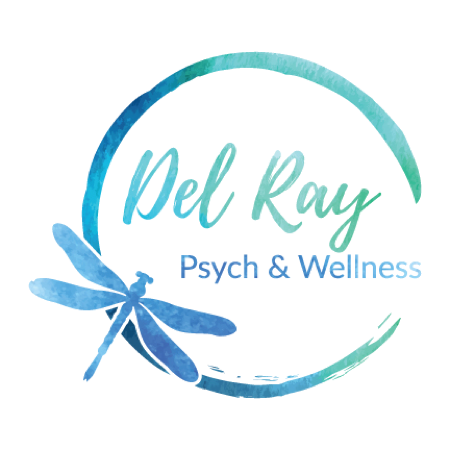Healing After Trauma: What Really Helps and Why
According to the National Institute of Mental Health, about 70% of adults in the U.S. alone will experience at least one traumatic event in their lives. That’s a staggering number to consider. However, if you’re reading this, you likely know someone who has gone through a traumatic event.
Maybe you’re looking at it because you’ve personally experienced trauma, and you’re having a hard time moving forward.
If that’s the case, you’re clearly not alone. The effects of trauma can significantly impact your quality of life and make it difficult to find peace on your own. Thankfully, there are things you can do to heal after trauma and break free from those memories.
So, what really helps?
Practicing Self-Care
One of the simplest and most effective ways to start healing after trauma is to focus on your well-being. Do something every day that promotes mental or physical wellness in your life. Even small measures can make a big difference.
Self-care looks different for everyone. It’s about finding small ways to promote peace within your life. One of the best ways to do that is through mindfulness and meditation. The impact of trauma can often cause your thoughts to wander. You might struggle with guilt or shame. You might even deal with other mental health issues like anxiety or depression as a result of your trauma.
Mindfulness and meditation can keep you grounded in the present. You’ll focus on deep breathing and the sensations you feel, rather than the thoughts threatening to pull you down.
Other self-care practices that can help include regular exercise, prioritizing sleep, and making sure you’re staying social. Maintaining social connections is essential. It reminds you that you have a support system and can help you feel like a part of a community.
Seeking Out Help
Therapeutic services are often the best way to truly heal after trauma. No matter how long ago your experience happened, therapy will help you work through it and develop strategies to move forward.
There isn’t a “one-size-fits-all” option when it comes to trauma therapies. However, modalities like EMDR and CBT are very popular as they can help to stop negative thought patterns and reframe the way you view your experience. Therapy will reduce the long-term impact of trauma by helping you process it and giving you strategies to overcome negative thoughts.
Ketamine-Assisted Psychotherapy (KAP) is another promising and emerging treatment that can support trauma healing, especially for those who may not have found relief with traditional approaches alone. In a safe, controlled, and supportive environment, KAP combines the use of low-dose ketamine with psychotherapy to help individuals access deeper emotional states and process traumatic memories with greater ease. Ketamine’s unique effects on neuroplasticity and mood can create a therapeutic window that enhances openness, insight, and emotional regulation. Many clients describe KAP as a powerful catalyst for healing, helping them move through trauma in ways they hadn’t been able to before. When paired with integration therapy, KAP can promote lasting shifts in how individuals relate to their past and envision their future.
Why Do These Practices Work?
A combination of trauma therapy and self-care can actually help to rewire the brain. Therapies like CBT, EMDR, and Ketamine-Assisted Psychotherapy (KAP) boost the brain’s neuroplasticity, promoting healing by helping individuals process and reframe traumatic experiences. While these therapies don’t cause you to forget what happened, they can make your experiences seem less dark and overwhelming.
KAP, in particular, offers a unique therapeutic window by combining the neurobiological effects of ketamine with the support of skilled psychotherapeutic guidance. This approach can help access deeper emotional insights and create meaningful shifts in how trauma is held in the body and mind.
Things like mindfulness and meditation can improve your emotional regulation, making it easier to process your feelings and handle them in healthier, more effective ways.
Both therapy and self-care practices will also boost your overall resiliency. Instead of feeling weak or guilty, you’ll build your self-esteem and recognize that you can get back up again, no matter what experiences you’ve had to deal with in the past. That kind of resiliency can help when challenges arise in the future.
All of these practices will help to restore a sense of safety. It’s not uncommon for people who have experienced trauma to feel on edge, even when there is no real threat of danger. By restoring peace and safety to your life, you’ll have an easier time letting go of the past and starting a new chapter.
If you’re interested in learning more about how therapy can help you start to heal from your trauma, don’t hesitate to reach out today. It’s never too late to get the help you deserve.


